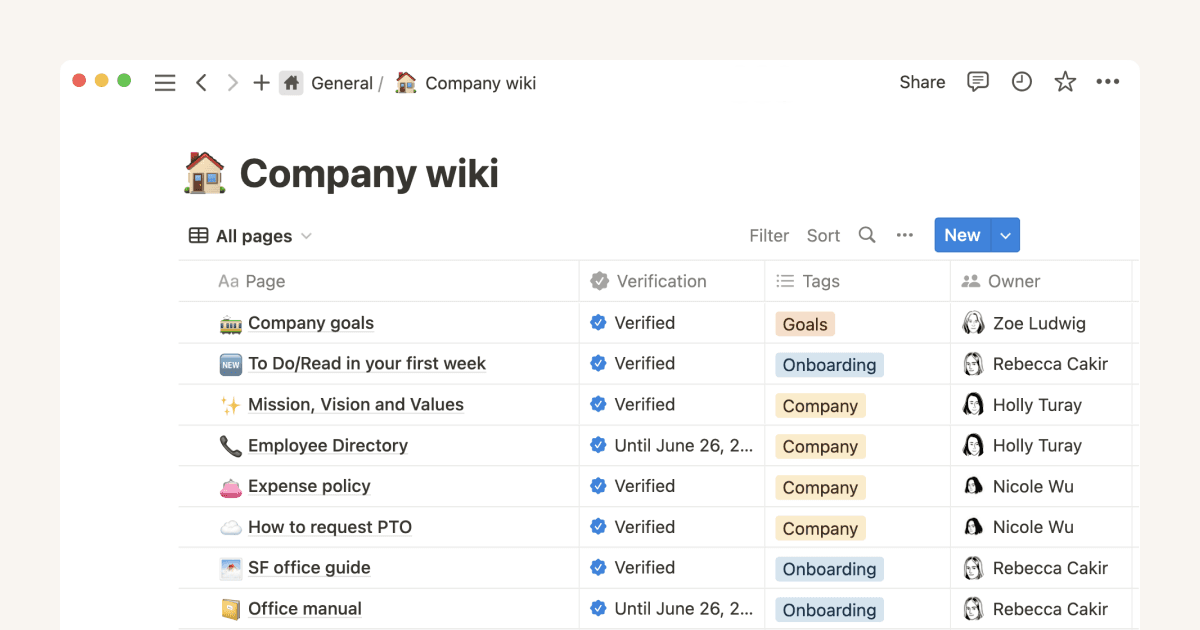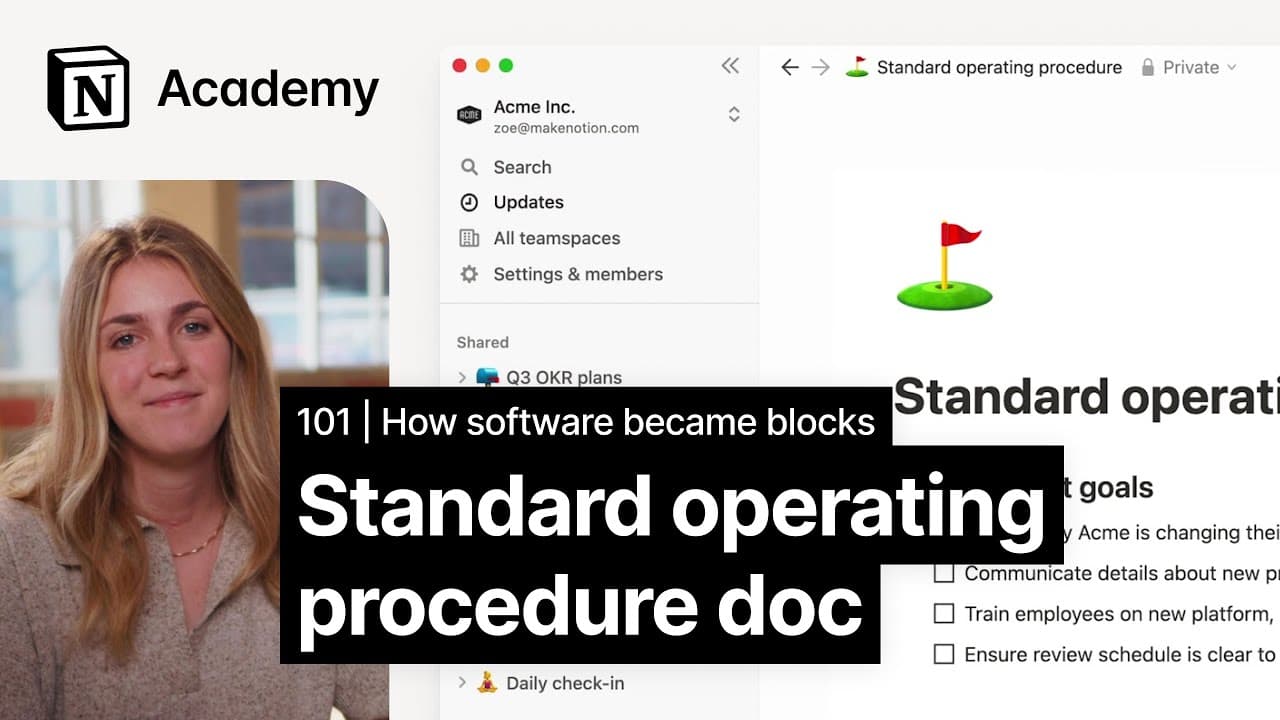Project Lead SOPs

About this template
This template contains standard operating procedures (SOPs) for project leads. It outlines the steps and guidelines for various aspects of project management, including initiation, planning, stakeholder management, risk assessment, resource allocation, execution, issue management, change management, reporting, and closure. The document aims to provide a structured approach to project management, ensuring consistency, efficiency, and successful project delivery.
The first section focuses on project initiation and planning, detailing the process of defining project objectives, conducting feasibility analyses, identifying stakeholders, defining project scope, developing project plans, estimating budgets, allocating resources, creating project schedules, establishing risk management strategies, setting up project governance, and obtaining approval for a kickoff. This section emphasizes the importance of a thorough and well-defined project plan as the foundation for successful execution.
The second section covers stakeholder management and communication, providing guidelines for identifying, analyzing, and engaging with stakeholders throughout the project lifecycle. It stresses the importance of understanding stakeholder needs and expectations, establishing effective communication channels, and managing conflicts. This section highlights the need for regular stakeholder meetings, feedback mechanisms, and a flexible communication strategy that can adapt to evolving project dynamics.
The third section details risk assessment and mitigation, outlining a structured approach to identifying, analyzing, and mitigating risks. It emphasizes the use of a Risk Assessment Matrix and Risk Register to prioritize and track risks, as well as the development of risk mitigation strategies and contingency plans. This section also covers risk monitoring, response protocols, and post-risk analysis to ensure continuous improvement in risk management practices.
The final sections cover project execution and monitoring, issue management and escalation, change management, reporting, and project closure. These sections provide guidelines for implementing project plans, tracking progress, managing issues, handling change requests, maintaining documentation, and ensuring a smooth project closure with lessons learned. The overarching theme is the importance of structured processes, clear communication, and continuous improvement in all aspects of project management.













